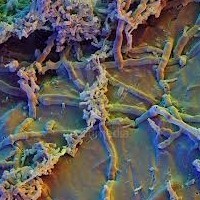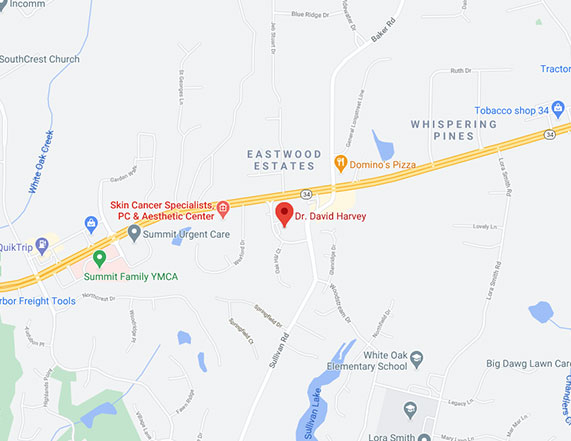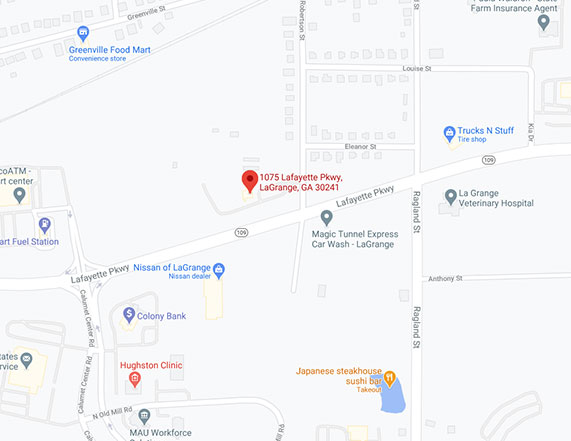New Topical Nail Fungus Treatment On The Market- Jublia™

David T. Harvey, MD, FAAD, FACMS Mohs Surgeon & Cosmetic Dermatologist
Nail fungus is also referred to medically as onychomycosis. This is the most common nail disease and represents half of all nail disorders. Toenails are afflicted with nail fungus more often than fingernails. It affects just under 10 percent of the adult population.
There are four major types of nail fungus: distal subungal, white superficial, proximal subungal and candidial subtypes.
Often, clinical infections present with a thickened and discolored (white, black, yellow or green) nail. As the infection progresses the nail can become brittle and they can split easily. If left untreated, the skin can become inflamed and painful underneath and around the nail. There also may be white or yellow patches on the nail bed or scaly skin next to the nail.
There is a new nail fungus treatment however which may give our patients some hope….
Jublia™, manufactured by Valeant Pharmaceuticals, is the newest kid on the block to show efficacy in treating this disfiguring disease. It is supplied as a topical gel and applied with a brush applicator once daily. Treatment is carried out such that the entire toenail folds, toenail bed, and the under-surface of the toenail plate, are completely covered.
Clinical Results
FDA approval of Jublia™ was based on two 52-week prospective, multi-center, randomized, double-blind clinical trials in patients 18 years and older (18 to 70 years of age) with 20% to 50% clinical involvement of the target toenail. Trials compared 48-weeks of treatment with Jublia to the vehicle solution. Trial One: Percentage of subjects with Complete Cure: Jublia™17.8% versus Vehicle 3.3%; Percentage of subjects with Mycologic Cure: Jublia™ 55.2% versus Vehicle 16.8%. Trial Two: Percentage of subjects with Complete Cure: Jublia™ 15.2% versus Vehicle 5.5%; Percentage of subjects with Mycologic Cure: Jublia™™™ 53.4% versus Vehicle 16.9%.
Adverse effects from this new nail fungus treatment were mild and self-limiting and included irritation around the nails, pain, and blistering in a very small subset of patients.


